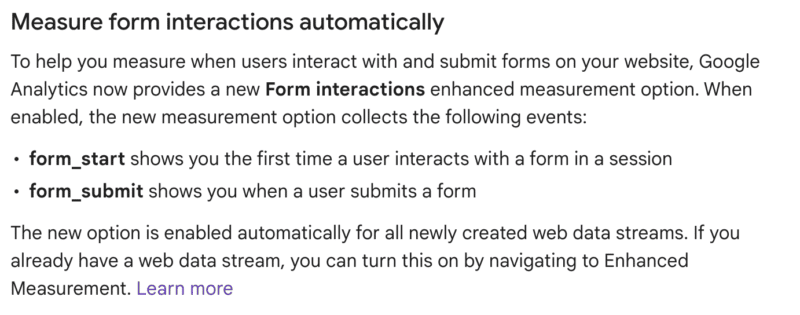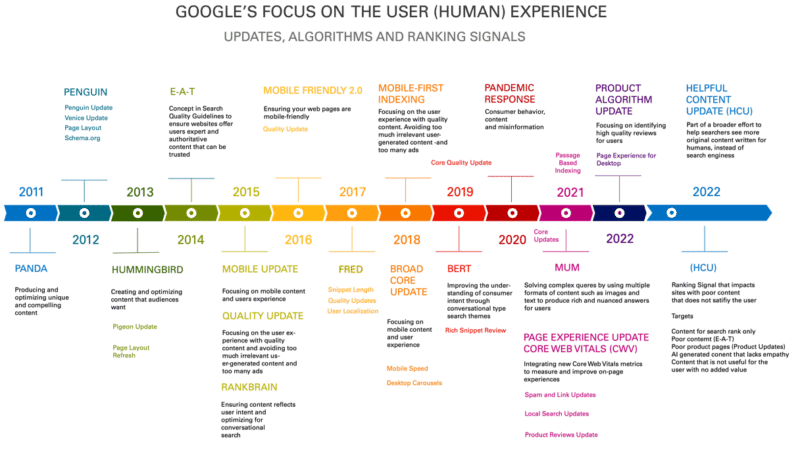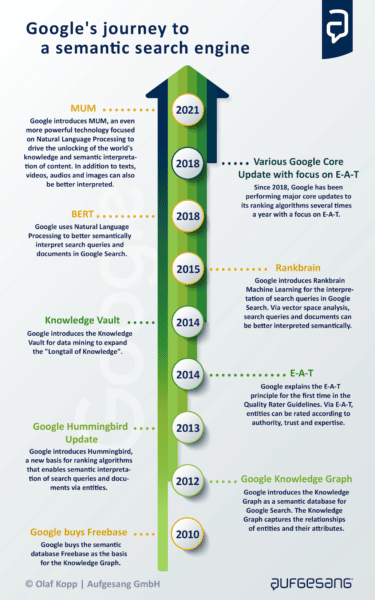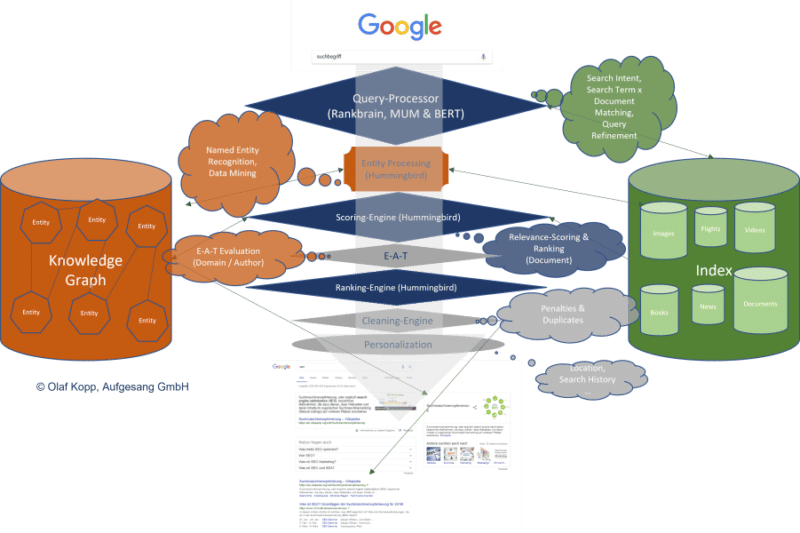Looking to take the next step in your next search marketing career?
Below, you’ll find the newest jobs at brands and agencies in SEO, PPC and digital marketing – as well as positions we’ve shared in previous weeks that are still open.
Are you looking to hire? Submit your job listing here for free. Please include:
- Job title.
- Company.
- Job listing URL.
- Date when the job listing closes.
- Where the position is located (e.g., remote, city, country).
- Salary range (we will not include job listings in this article unless they include this).
Note: We update this post weekly, on Fridays. So make sure to bookmark this page and check back.
Newest jobs in SEO, PPC and digital marketing
Sr. SEO Manager, Dropbox (Remote)
- Salary: $139,000+
- Spearhead development and implementation of search strategies re: keyword selection, SEO content, site architecture, link-building and optimized SERP for video/social/review sites to increase brand search visibility, and drive high-volume organic search traffic and attributed revenue
- Collaborate with Paid Search and Content in aligning keyword targeting and content creation, and driving overall search efficiencies
Senior SEO Manager, Handshake (Remote)
- Salary: $124,000 to $185,000 (annual)
- Lead SEO strategy and key cross-functional initiatives inclusive of technical SEO, content SEO, PR, and product
- Contribute to Handshake’s overall content strategy, including blogs, user-generated content, editorial content, and content created in-product such as job postings and events
Senior SEO Strategist, The SEO Department (Remote)
- Salary: $90,000 to $110,000 (annual)
- Developing, articulating, and implementing a comprehensive SEO strategic plan for clients which is consistent with their broader client goals & objectives.
- Understanding the complete digital marketing and general marketing objectives of the clients, as well as ensuring all SEO initiatives are fully supportive of and consistent with these client goals.
SEO Manager, Ultra Mobile (Remote)
- Salary: $85,000 to $100,000 (annual)
- Developing and executing SEO strategies to drive organic growth, with a keen understanding of intent across the customer journey.
- Performing SEO audits, providing performance improvement recommendations and working with internal teams to implement (Ex. page speed, site architecture, metadata, tagging etc.).
SEO Manager, Green Line Digital (Remote, U.S.)
- Salary: $85,000
- Identify opportunities and develop strategies to improve organic performance by using strong analytical, technical, research, and content marketing skills
- Collaborate with digital media planners, web developers & creatives to apply SEO best practices to all elements of client sites & social platforms
Search Engine Optimization Senior Marketing Consultant, Wells Fargo (Various locations, U.S.)
- Salary: $73,000 to $130,000 (annual)
- Use SEO tools, data and analytics, customer research, perform competitive analysis, and leverage SEO best practices extensively to create insights and data driven recommendations.
- Conduct keyword research, search behavior analysis, technical audits and content gap analysis.
SEO Strategist, Insider Inc (Remote)
- Salary: $72,000 to $76,000 (annual)
- Work closely with a team of search-focused strategists to deliver on our search strategy and monitor metrics for success in organic search performance.
- Review and analyze SEO performance and make recommendations for improvements on both
SEO Senior Analyst, American Red Cross (Remote)
- Salary: $67,000 to $78,000 (annual)
- Work with internal and external counterparts, plan, develop and implement our SEO strategy
- Being able to manage content from an SEO perspective
Sr. Analyst, Technical SEO, The Home Depot (Remote)
- Salary: $65,000 to $100,000
- Perform continuous site auditing, and recommend scalable on-page optimization based on business objectives for both existing functionality and new opportunities
- Provide SEO best practices in alignment with current technical principles and homedepot.com systems
SEO Manager, The Stable (Remote)
- Salary: $60,000 to $70,000 (annual)
- Drive and execute projects such as site audits, migrations and other SEO specific initiatives
- Manage multiple client accounts seamlessly with tight timelines
Paid Search (SEM) Manager, dentsu International (Remote)
- Salary: $59,000 to $92,000 (annual)
- Perform daily campaign activities for enterprise level Paid Search (PPC) campaigns, including: bid management, budget allocation, forecasting, performance monitoring, strategic testing, and campaign expansion
- Be the main contact for your client, internal departments, and third-party providers
small-scale and wide-ranging efforts.
Senior Digital Strategist, Moore Digital, (Remote)
- Salary: $85,000 to $100,000 (annual)
- Develops and presents strategic plans covering digital fundraising efforts across multiple digital tactics.
- Provides strategic direction for email marketing campaigns, digital media including programmatic, paid social and paid search efforts, social media strategy, and other digital marketing tactics.
Outreach Specialist, Paradise Media (Remote, San Juan, Puerto Rico)
- Salary: $15-$20 (hourly)
- Develop innovative, creative, and unique approaches to journalists, bloggers, and influencers
- Create Outreach campaigns using software like Muck Rack, Respova, and Prowly.
SEO jobs
SEO Specialist, Disruptive Advertising (Remote [except S.C. or N.Y.] or Salt Lake City)
- Salary: $70,000 – $90,000 (annual)
- Perform comprehensive client SEO audits
- Identify KPIs to measure organic success with clients
Search Engine Optimization Manager, Adtaxi (Remote)
- Salary: $60,000 to $65,000 (annual)
- Develop strategic plan for clients looking to set up SEO and analytics on new sites
- Review and audit client sites for areas that can be optimized or improved
Senior SEO Strategy Lead, Airbnb (Remote)
- Salary: $185,000 to $230,000 (annual)
- SEO Strategy: Align with SEO experts across the company to establish the short and long term strategy for the channel that aligns with the broader marketing vision
- Global Content development: Build the content strategy by country to drive SEO channel expansion in all key geos and languages. Partner with editorial teams to curate highly differentiated content and refresh this content on ongoing basis
SEO Manager, NBC Sports (New York City)
- Salary: $90,000 to $110,000
- Website migration – end-to-end support from design to launch to reporting (URL architecture, redirect mapping, content optimization, QA, etc).
- Ensure articles and landing pages do not have structural errors and are properly crawled and indexed by search engines.
SEO Manager. MyAdvice (Remote)
- Salary: $75,000 to $85,000 (annual)
- Curate and lead an elite team of dynamic SEO professionals to plan, manage, and implement high-value SEO campaigns for our clients in the medical and legal industries
- Own the overall success and ensure the strategic efficacy of MyAdvice’s SEO service offerings
Search Engine Optimization Manager, Sosemo (New York City, Hybrid)
- Salary: $85,000 to $97,500
- Conduct keyword research and analysis
- Provides search engine accessibility consulting
Director of SEO, Workshop Digital (Remote, U.S.)
- Salary: $120,000+ (annual)
- Develop and implement a strategic vision for the SEO team
- Maintain standards of performance and ensure successful SOW execution across an evolving and expanding set of SEO services
Sr SEO Manager, deeproots partners (Remote, U.S. hours)
- Salary: $75,000 to $96,000 (annual)
- Staying constantly up-to-date on new onsite strategies for local SEO (with an emphasis on Google My Business) and national campaigns and working with the COO to create SOPs to implement within the agency.
- Ensuring that we reach our partners’ KPIs in the desired timeline by managing existing and new strategies with the SEO team (Chief SEO Strategist and SEO Analyst).
SEO Specialist, Blennd (Denver, Colo., Hybrid / Remote)
- Salary: $55,000 to $65,000 (annual)
- Develop a strong understanding of branding requirements for clients as it relates to SEO initiatives.
- Perform technical site health audits to provide insights, itemize issues, and implement fixes.
SEO Strategist, Inflow (Remote)
- Salary: $67,000 to $86,000 (annual)
- Serve a small set of accounts as the lead SEO Strategist/Client Advocate
- Collaborate with Sr. SEO Strategists to assist with execution of SEO deliverables
Search Engine Optimization (SEO) Analyst (Senior and Expert), Bruce Clay (Remote)
- Salary: $5,000 to $10,000 (monthly)
- Technical deep-dive deliverables with extraordinary mentoring and client communication skills required.
- Increase keyword rankings and search engine traffic and ultimately conversions for client websites within exceptionally competitive search engine results pages.
Senior SEO + Digital Strategy Analyst, Momentic (Remote or Milwaukee)
- Salary: $65,000 to $85,000 (annual)
- Developing, executing, and reporting on comprehensive SEO strategies.
- Identifying key SEO opportunities, tracking website traffic and KPIs, and analyzing competitor strategies.
SEO Testing Consultant, Search Pilot (Seattle, hybrid)
- Salary: $65,000 to $90,000 (annual)
- Managing the customer relationship, including onboarding of new customers and keeping them updated on test planning and results
- Coming up with SEO and CRO test hypotheses and working with customers to prioritize them
Senior SEO Specialist ~ Pure Visibility (Remote or Ann Arbor, Mich.)
- Salary: $58,000 to $65,000 (annual)
- Work with the SEO director to perform in-depth visibility audits for new clients and compile the results along with prioritized recommendations.
- Work with the SEO director to analyze and create action plans around common technical SEO components (canonicalization, sitemaps, crawl budget, schema, hreflang)
PPC jobs
Director of Paid Search, Next Level SEM (Miami, Fla.)
- Salary: $80,000 to $115,000
- Implement and manage PPC/Google Ads (Search, Display, Shopping, Video) campaigns.
- Complete daily maintenance tasks for assigned clients.
Manager, Google Ads, Lionhurst (Remote)
- Salary: $65,000 – $70,000 (annual)
- Build, manage and optimize campaigns on Google Ads and Microsoft Ads for B2B SaaS companies.
- Assist with client communication and project management
Paid Search Senior Strategist, Socium Media (Remote, U.S.)
- Salary: $70,000 – $85,000
- Run day-to-day paid search operations for clients that could span across multiple verticals
- Will likely be fully managing and be the sole “owner” of at least one client within the first two months, depending on business needs
Paid Acquisition Account Manager, Jordan Digital Marketing (Remote)
- Salary: $75,000 to $95,000 (annual)
- Executing paid search and paid social strategy for clients
- Conducting strategic planning and optimization efforts
Senior Paid Search Strategist, Inflow (Remote, U.S. only)
- Salary: $74,000 to $97,000 (annual)
- Manage and serve as the primary point of contact for 5–10 paid advertising clients. Be responsible for the strategy, prioritization, planning, and execution for client PPC strategies in Google Ads, Microsoft Ads, and other relevant platforms.
- Build highly effective Shopping, Search, Display, and Remarketing campaigns for eCommerce clients.
Paid Ads Team Manager, Inflow (Remote, U.S. only)
- Salary: $80,000 to $118,000 (annual)
- Lead strategic planning sessions and team meetings
- Review deliverables and provide feedback to other team members
Other SEM and digital marketing jobs
Senior Content Strategist, Northstar (Remote)
- Salary: $55,000 to $65,000 (annual)
- Conduct keyword research to inform client strategy
- Ideate creative content ideas based on research of industry trends, keywords, competitor analysis, and trending topics.
Director of Digital Marketing, PCF Insurance Services (Lehi, Utah)
- Salary: $100,000 to $130,000 (annual)
- Develop digital marketing strategy, execute on cross-channel digital campaigns and oversee the digital ecosystem including
- Site management: PCF Insurance website, Agency Partners’ websites (100+) and intranet site
Content Marketing Manager, Auxis (Plantation, Fla. / Hybrid)
- Salary: $100,000 (annual)
- Become an expert on Auxis’ Finance Transformation & BPO Outsourcing Services and market trends in order to effectively position Auxis capabilities and thought leadership while proposing content topics (and formats) that increase our website traffic and lead generation among our targeted buyers
- Create, maintain and manage the content calendar for the assigned service lines
Content Writer – Senior Manager, CVS Health, (Remote)
- Salary: $75,400 to $158,300 (annual)
- Research, create, edit, and revise content to support strategic marketing needs
- Participate in the versioning of their work into other digital and multimedia formats in partnership with design and agency partners
Want a chance to include your job listing on Search Engine Land? Submit your details here.
The post The latest jobs in search marketing appeared first on Search Engine Land.
from Search Engine Land https://ift.tt/MLhWwR0
via











